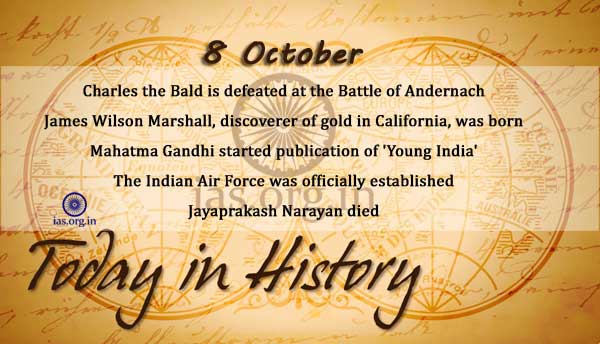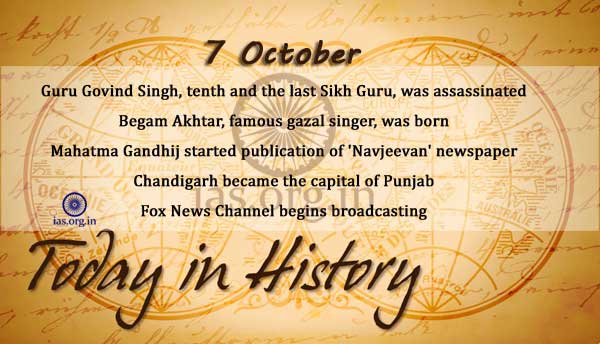Table of Contents
- Introduction
- Motivation and Basic Idea
- Hierarchies of Scales in Physics
- Separation of Scales and Decoupling
- Classical vs Quantum Field Theory Perspectives
- Integrating Out Heavy Degrees of Freedom
- Matching and Running Couplings
- Wilsonian Effective Action
- The Role of Renormalization
- Power Counting and Expansion Schemes
- Examples of Effective Field Theories
- Fermi Theory of Weak Interactions
- Chiral Perturbation Theory
- Heavy Quark Effective Theory (HQET)
- Soft-Collinear Effective Theory (SCET)
- Nonrelativistic QED and QCD
- Effective Field Theory of Gravity
- Quantum Gravity as an EFT
- EFTs in Cosmology and Inflation
- EFTs in Condensed Matter Physics
- Limitations and Validity of EFTs
- Matching UV Completions
- Symmetries and Anomalies in EFTs
- Experimental Tests and Precision Physics
- Conclusion
1. Introduction
Effective Field Theories (EFTs) provide a powerful framework to describe physical systems at a given energy scale, without requiring a complete knowledge of high-energy (ultraviolet or UV) physics. They exploit the hierarchy of scales in nature and encode low-energy phenomena in terms of local operators organized by their relevance.
2. Motivation and Basic Idea
In real-world physics, we rarely have access to the complete theory at all scales. Instead, EFTs allow us to describe physics at low energies by:
- Retaining only light degrees of freedom
- Encapsulating high-energy effects via higher-dimension operators
3. Hierarchies of Scales in Physics
Natural systems have multiple scales:
- Atomic physics: \( E \ll m_e \)
- Nuclear physics: \( E \ll m_W \)
- Gravity: \( E \ll M_{\text{Planck}} \)
EFTs enable modeling of such systems by focusing only on the relevant scales.
4. Separation of Scales and Decoupling
Appelquist–Carazzone decoupling theorem:
Heavy particles decouple at low energies. Their effects appear as suppressed corrections:
\[
\mathcal{L}{\text{eff}} = \mathcal{L}{\text{light}} + \frac{1}{\Lambda} \mathcal{O}_5 + \frac{1}{\Lambda^2} \mathcal{O}_6 + \cdots
\]
where \( \Lambda \) is the heavy scale and \( \mathcal{O}_i \) are local operators.
5. Classical vs Quantum Field Theory Perspectives
At the classical level, one might simply omit heavy fields. But at the quantum level, loop corrections from heavy particles remain and must be captured systematically through matching procedures.
6. Integrating Out Heavy Degrees of Freedom
Given a full theory with both light (\( \phi \)) and heavy (\( \Phi \)) fields, the path integral becomes:
\[
\int \mathcal{D}\phi \mathcal{D}\Phi \, e^{i S[\phi, \Phi]} \to \int \mathcal{D}\phi \, e^{i S_{\text{eff}}[\phi]}
\]
This results in nonlocal terms, which can be expanded in a derivative (momentum) expansion.
7. Matching and Running Couplings
Matching ensures the EFT reproduces the full theory’s observables at a given scale. Couplings in the EFT run with scale, governed by the renormalization group equations (RGEs).
8. Wilsonian Effective Action
Kenneth Wilson’s formulation:
- Integrate out momentum shells \( \Lambda – d\Lambda < p < \Lambda \)
- Flow of couplings described by RGEs
- Fixed points characterize universality classes
9. The Role of Renormalization
EFTs are renormalizable in the modern sense:
- Predictive at any order in expansion
- Renormalization absorbs loop divergences into redefined coefficients
- Operators organized by dimension and symmetry
10. Power Counting and Expansion Schemes
Operators in the EFT are ordered by their mass dimension \( d \):
- \( d = 4 \): marginal (renormalizable)
- \( d < 4 \): relevant
- \( d > 4 \): irrelevant
Expansion parameter: \( E / \Lambda \)
11. Examples of Effective Field Theories
EFTs appear across physics:
- Fermi theory of beta decay
- Chiral perturbation theory in QCD
- HQET in heavy quark systems
- Gravity at low energies
12. Fermi Theory of Weak Interactions
Before the electroweak theory, weak interactions were modeled by a 4-fermion contact term:
\[
\mathcal{L}F = -\frac{G_F}{\sqrt{2}} (\bar{p} \gamma^\mu n)(\bar{e} \gamma\mu \nu_e)
\]
Valid for energies \( E \ll m_W \), derived by integrating out the \( W \)-boson.
13. Chiral Perturbation Theory
Low-energy QCD with pions as Goldstone bosons of broken chiral symmetry:
\[
\mathcal{L}{\chi PT} = \frac{f\pi^2}{4} \text{Tr}(\partial_\mu U^\dagger \partial^\mu U) + \cdots
\]
Expansion in \( p/\Lambda_\chi \), where \( \Lambda_\chi \sim 1 \, \text{GeV} \)
14. Heavy Quark Effective Theory (HQET)
Describes systems with heavy quarks (e.g., charm, bottom):
\[
\mathcal{L}{\text{HQET}} = \bar{h}_v iv \cdot D h_v + \frac{1}{2m_Q} \mathcal{O}{\text{kin}} + \cdots
\]
Exploits symmetries in the heavy mass limit.
15. Soft-Collinear Effective Theory (SCET)
Used for processes involving collimated energetic particles (jets), e.g., in collider physics. Resums logarithms and separates soft/collinear dynamics.
16. Nonrelativistic QED and QCD
EFTs for nonrelativistic bound states:
- Hydrogen atom
- Quarkonium
Treat expansions in \( v/c \) and separate Coulombic and radiative contributions.
17. Effective Field Theory of Gravity
General relativity treated as an EFT:
\[
\mathcal{L} = \sqrt{-g} \left( \frac{1}{16\pi G} R + c_1 R^2 + c_2 R_{\mu\nu} R^{\mu\nu} + \cdots \right)
\]
Predictive below \( M_{\text{Planck}} \), useful for quantum corrections to classical GR.
18. Quantum Gravity as an EFT
Despite being non-renormalizable, gravity can be studied as an EFT:
- Loop corrections are finite and calculable order-by-order
- Black hole entropy, gravitational waves, and inflation involve EFT methods
19. EFTs in Cosmology and Inflation
EFT of inflation:
\[
\mathcal{L} = -\frac{1}{2} (\partial \phi)^2 – V(\phi) + \frac{1}{\Lambda^4} (\partial \phi)^4 + \cdots
\]
Systematic way to study inflationary perturbations and non-Gaussianities.
20. EFTs in Condensed Matter Physics
Effective theories describe low-energy excitations:
- Phonons in solids
- Spin waves in magnets
- Fermi liquids
- Superfluidity and superconductivity
21. Limitations and Validity of EFTs
EFTs are valid only below their cutoff scale \( \Lambda \). At energies \( E \sim \Lambda \), the full UV theory must be invoked. EFTs do not determine UV completions — they encode low-energy consequences.
22. Matching UV Completions
Different UV theories can lead to the same EFT at low energies — a manifestation of universality. Matching procedures relate parameters of the EFT to those of the full theory.
23. Symmetries and Anomalies in EFTs
Symmetries restrict allowed operators. Anomalies may be inherited or emerge. Examples include:
- Chiral anomalies
- Trace anomalies
- Gauge anomalies in effective gauge theories
24. Experimental Tests and Precision Physics
EFTs underpin:
- Precision electroweak tests
- Higgs coupling studies
- BSM searches via dimension-6 operators
- Low-energy neutrino and flavor physics
25. Conclusion
Effective field theories are indispensable tools for modern theoretical and experimental physics. They allow us to model complex systems with unknown high-energy behavior, organize predictions systematically, and make contact with experiment. By respecting symmetry and exploiting scale separation, EFTs bridge fundamental theory and observable phenomena across domains — from nuclear physics and particle interactions to cosmology and gravity.



